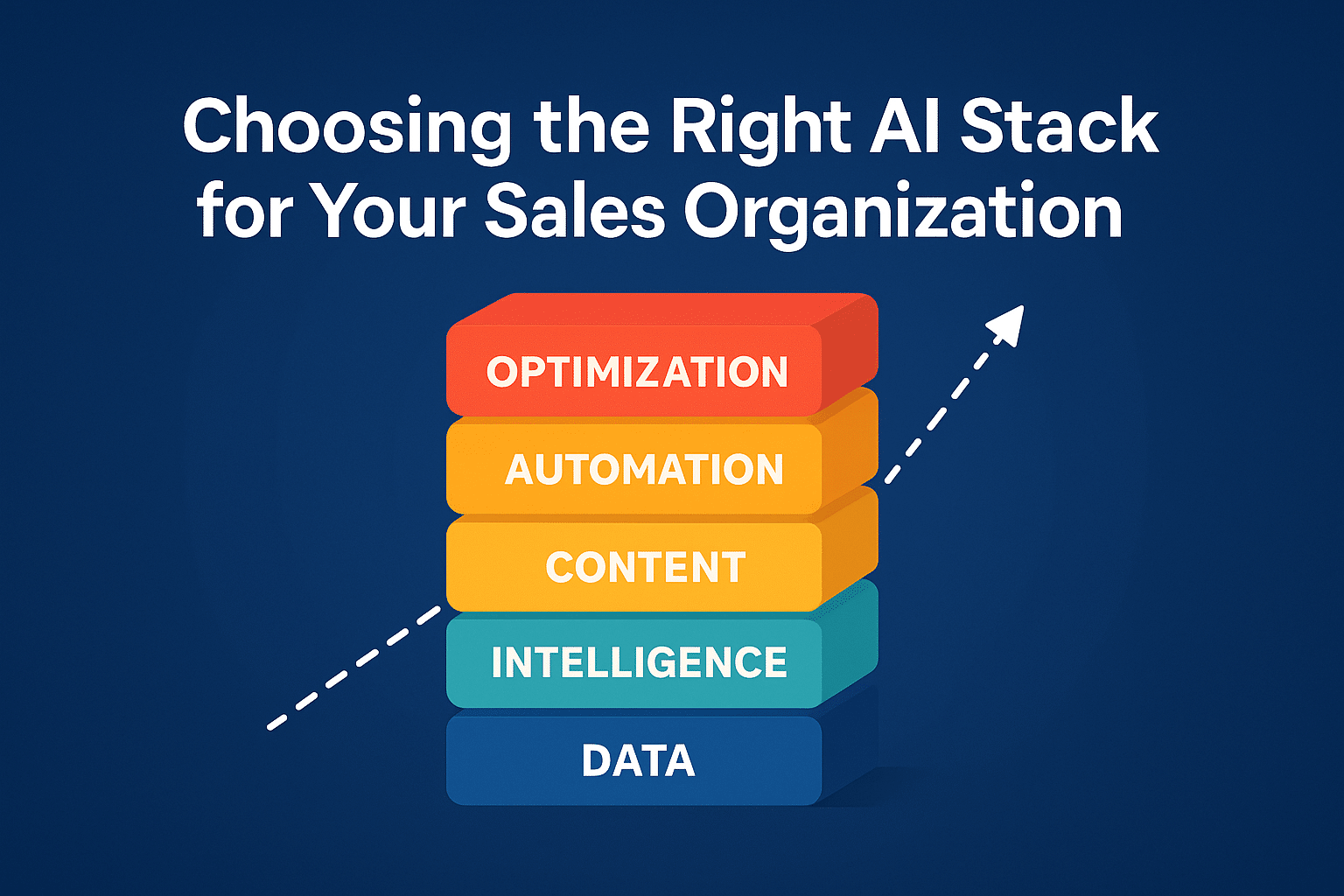Energize and Motivate: Essential Tips for an Effective Sales Kickoff Meeting
Before the year comes to a close, it’s time for sales teams and their leaders to prepare for the annual kickoff meeting. Don’t wait until December to start this process. If you have 50 or more people to invite, you may have to plan 6-9 months in advance. If your group is smaller (under 50), you should start planning by late September or early October.
This crucial event sets the stage for the upcoming year, establishing goals, strategies, and the motivation necessary to hit the ground running. Whether you are a salesperson, a sales manager, or the CEO of a small company, organizing an effective kickoff meeting is imperative to ensure a successful year ahead.
The first step in planning your annual sales meeting is to choose an appropriate venue. While it may be tempting to hold the meeting in your usual office space, it’s beneficial to opt for a location outside of your daily work environment. This helps to minimize distractions and fosters a creative atmosphere.
A nearby hotel or a conference center can serve as an excellent venue. The key is to find a place where your team can focus entirely on the meeting without the usual interruptions from their day-to-day responsibilities.
Once the venue is secured, it’s time to think about who should be in attendance. While the primary focus will be on your sales team, consider including key personnel from other departments such as marketing, IT, and customer service. These individuals play a crucial role in supporting the sales process and can provide valuable insights and updates that will help your sales team achieve success. Additionally, involving them in the kickoff meeting promotes a sense of unity and collaboration across the company.
Read the rest of the article…







